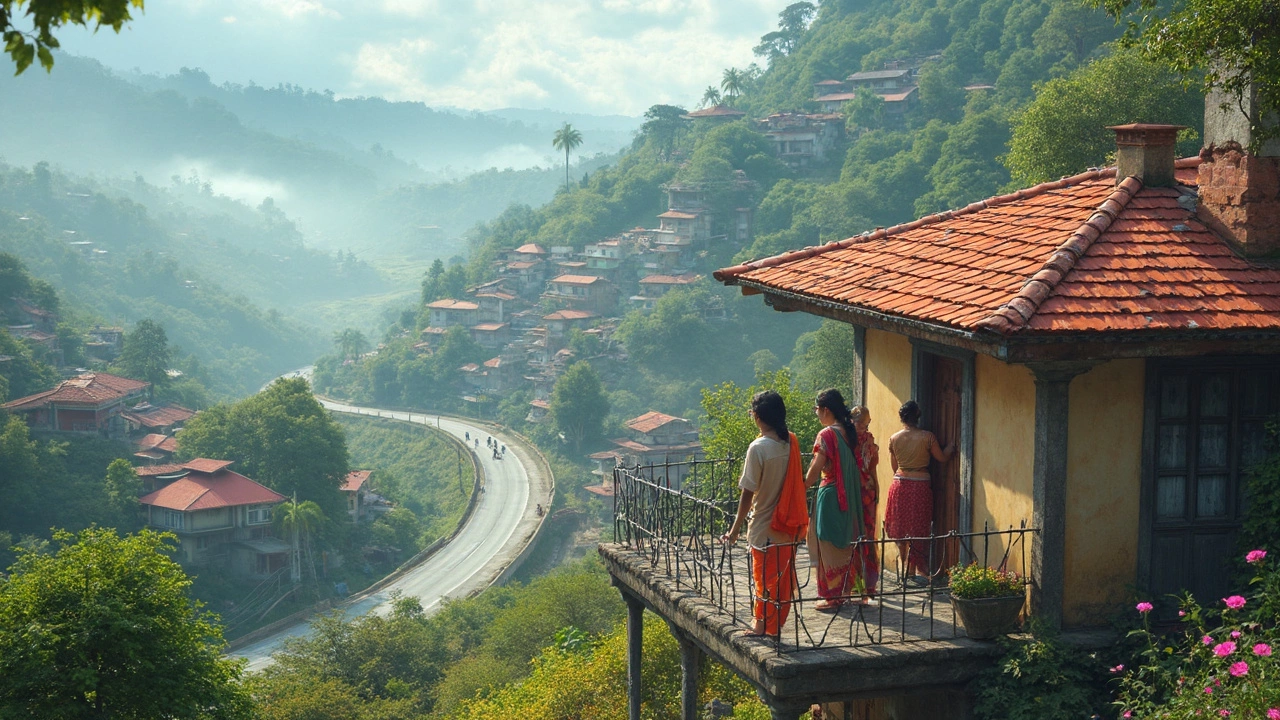SEARCH
Relocation Tips for Moving to India Made Easy
Moving to a new country can feel overwhelming, but the right tips turn chaos into confidence. Below you’ll find the basics you need to sort before you leave, what to handle once you land, and a few shortcuts that seasoned expats swear by.
Before You Fly: The Must‑Do Checklist
Start with paperwork. A valid visa, work permit, and an Aadhar card (once you’re in) are non‑negotiable. Apply for your visa at least a month ahead; most embassies need a passport with six months’ validity and a recent photo. Keep digital copies of every form in a cloud folder – you’ll thank yourself if the original gets lost.
Next, sort your finances. Open an NRI (Non‑Resident Indian) account before you go, or plan to open a local savings account within a week of arrival. Transfer a modest amount to cover the first two weeks of rent, food, and transport; avoid relying on cash until you know the best ATMs in your city.
Pack smart. Indian climate varies a lot – think lightweight cotton for the south, a warm jacket for the north in winter, and a raincoat if you’re heading to the monsoon belt. Leave bulky items at home; most cities have affordable markets where you can buy what you need.
Landing in India: Settling Quickly and Safely
When you touch down, head straight to your pre‑booked temporary accommodation. Use trusted platforms like Airbnb or a reputable hotel that offers a 24‑hour check‑in. This gives you a safe base while you hunt for a long‑term lease.
Register with your local police station within 24 hours if you’re staying beyond 180 days – it’s a simple form and keeps you on the right side of the law. Then, get a local SIM card. Major providers (Jio, Airtel, Vi) sell prepaid packs at the airport; a data plan costs less than $5 a month and keeps you connected for everything from maps to bank apps.
Set up your home basics fast. Many cities have delivery services for groceries, cooking gas, and even bottled water. Order a starter kit online; it arrives within a day and saves you the hassle of hunting down each item individually.
Lastly, build a local network. Join expat groups on Telegram or Facebook, attend community events, and be friendly with neighbors. A simple “Hello” in Hindi (Namaste) goes a long way, and locals love to help newcomers find good doctors, schools, and places to eat.
By following this straightforward plan, you’ll avoid the common pitfalls that trip up most new arrivals. Remember, the goal isn’t to be perfect – it’s to stay safe, stay connected, and enjoy the adventure of living in India.

Best Hill Station for Living: What Really Makes One Stand Out?
Thinking about swapping city smog for mountain air? This article digs into what makes a hill station a great place to live, not just visit. We'll break down the real-life perks and problems of daily mountain life, covering infrastructure, cost, community, climate, and connectivity. You'll also get some lesser-known tips for picking the place that's right for you. No fluff—just honest, practical info.
Continue reading